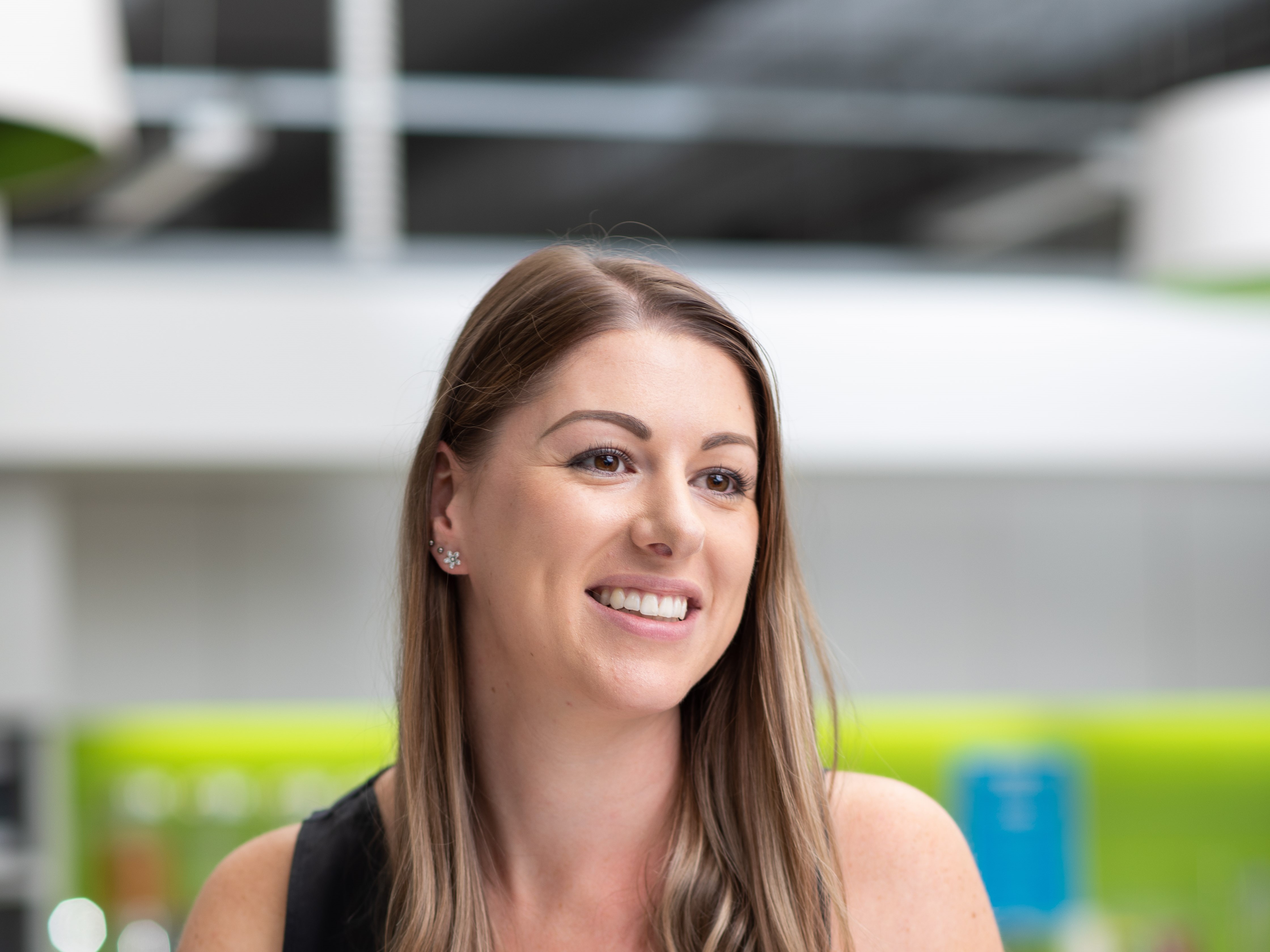In our new Q&A series we're putting the spotlight on some of Aotearoa's leading sustainability professionals who’re transforming the way we design, build and operate our buildings and homes.
They’re people leading the mission for a more sustainable built-environment in Aotearoa.
Hayley Koerbin
Hayley is a force for change in the push for low-carbon, resilient, environmentally sustainable and healthy buildings in Aotearoa. She is the Global Sustainability Director at NDY.
What shaped your pathway?
I was very interested in architecture and graphic design and also loved maths and science at high school but my future career came into focus when my next-door neighbour, who headed an engineering consultancy, introduced me to a couple of his employees who had studied architecture and building science. After talking with them I was hooked. Part way through my building science degree we were introduced to the concept of sustainability - it was the start of my passion.
Can you explain your career journey so far?
After postgraduate studies I joined Aurecon for a few years in Melbourne, then moved to Jacobs where the focus was more on master planning and infrastructure projects. Buildings are ultimately my big passion and I made the decision to join NDY. Just before Covid I had an opportunity to relocate home to grow our New Zealand sustainability team - and I now lead our global team of 40 sustainability consultants and engineers. Throughout this time I’ve been part of industry working groups with both the Green Building Council of Australia and NZGBC - shaping the frameworks used to benchmark sustainable developments.
How have you found moving back home to Aotearoa from Australia?
Moving back home after 10 years away meant I could leverage my experience in an industry well ahead of ours. Australia has been especially progressive with social sustainability - a focus on health, wellbeing and the impact of buildings on people rather than just environmental factors. A people-first design approach is why I want to be in the built environment industry - to shape buildings that support and enhance the lives of occupants. The pandemic has really thrust social sustainability into the spotlight and I’ve been able to work with the first clients in Aotearoa to undergo WELL certification noting WELL and Green Star work hand in hand.
Can buildings uplift the well-being of their occupants?
Absolutely. We spend around 90 percent of our lives indoors so well designed buildings can be a means of preventative healthcare and promote health and wellness. Creating environments with clean fresh air, lighting that supports our natural circadian rhythms, high thermal and acoustic comfort, access to high quality water, and connections to the natural environment has been statistically proven to increase productivity, improve satisfaction and happiness at work, reduce absenteeism and help organisations attract and retain top talent.
Can we talk about the potential of new construction or refurbishment to help mitigate climate change?
The lowest carbon building is the one that’s already been built. It’s important that we thoughtfully consider refurbishment to avoid being left with stranded assets. Refurbishment also speaks to resource efficiency and mitigating climate change. If new construction is a must then projects should consider a wider boundary beyond the physical site perimeter. The decisions we make to reduce the environmental impact of a new project must not create downstream negative impacts elsewhere.
How important is minimising construction waste and reuse of materials in this whole conversation?
Construction and demolition waste represents around 50 percent of all waste generated in Aotearoa. The ultimate solution would be a circular economy (materials and products are kept in circulation through maintenance, reuse, refurbishment, remanufacture, recycling and composting). But currently there’s an insufficient market to purchase used building materials. Circular construction is uncharted territory and will require legislative amendments and innovation in the construction value chain to flourish.
How is Aotearoa doing with green buildings?
We have come a long way in the last few years but we have a long way to go. I’m excited to see the launch of Green Star Buildings which will redefine what it means to be a sustainable building. Central government mandates are in place for government owned and operated assets but there are no requirements beyond this. I’d love to see sustainability requirements at a local government level as part of development application approvals. It’s been hugely successful in encouraging sustainable buildings in major Australian cities.
What is your favourite green building?
My favourite sustainable building hasn’t been built yet! I’m currently leading the sustainable design of 435 Bourke Street in Melbourne - a 55-storey $1billion, cutting-edge commercial tower. It has Australia’s first solar skin façade generating over 20 percent of the building’s energy requirements while protecting the interior from the sun through innovative bifacial solar ’leaves’ - a tangible demonstration of the building’s response to climate change.
435 Bourke Street, Melbourne | Supplied Bates Smart
